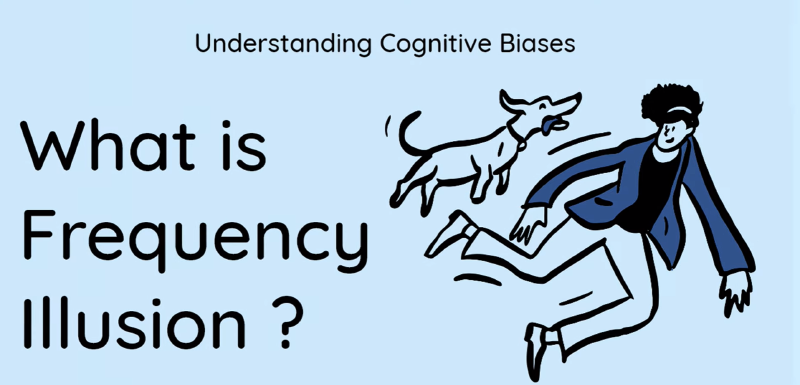Have you ever bean shopping for a car, a phone, a watch, ora pair ofsunglassesand, once you settle on the model you want, you start seeing it everywhere? There’s a name for thatphenomenon.
The term thefrequency illusionwas coined by Stanford and Ohio Statelinguisticsprofessor Arnold Zwicky. The basic idea is that, once you become consciouslyaware ofsomething, you start to notice it everywhere, the reality is, obviously, that those things were always there; you just never noticed them.
We’re drowning inbits.
The frequency illusionis related tomotivation because you can’t be motivated todo something you aren’t aware of. If you never consciously think about something, there’s no way you can actually do anything about it.
The frequency illusionillustrateshow your subconscious mind can recognize much more of what’s in your environment than your conscious mind perceives.
Depending on which study you read, the amount of incoming information that yourconsciousmin can process is somewhere in the range of 60 bits per seconds.
I won’t get into details of whatconstitutesa “bit” in this context, because it’s not relevant to this discussion . The point is simply that your subconscious mind has vastly more capacity to notice things in your environment than your conscious mind does.
Putting the frequency illusion to work for you
So, how can youcounteractthismonopolizationof your conscious awareness? You can use the frequency illusion to youradvantageto increase your motivation by“priming” your brainto notice the kinds of things that are important to you and that you want to focus on.
The key is to train your subconscious mind what things are important to you, so it can let you know when those “opportunities” arise.
actually absolutely
actually VS certainly
“Actually” and “certainly” are both adverbs that can be used to express certainty or to emphasize a point. However, they are used in slightly different ways.
“Actually” is used to indicate that something is true or real, often in contrast to what was previously thought or believed. For example:
“I thought the store closed at 9pm, but actually it closes at 10pm.”
“Certainly” is used to express strong assurance or certainty. It can be used to affirm a statement or to agree with someone. For example:
“Will you be able to come to the meeting on Wednesday? - Certainly, I’ll be there.”
“I’m certain that he will be able to fix the problem.”
In general, “actually” is used to provide information that may be surprising or unexpected, while “certainly” is used to express strong confidence or assurance.
